Every PlayStation Console: A Full History of Release Dates
PlayStation stands as a titan in the gaming world, its legacy spanning three decades of innovation and entertainment. From the iconic PlayStation 1, which introduced gamers to unforgettable titles like Final Fantasy VII, to the powerhouse PlayStation 5 with its latest blockbuster, God of War: Ragnarok, Sony's brand has continuously pushed the boundaries of what gaming can be. Over the years, PlayStation has released a series of consoles, including revisions, portable systems, and new generations. As the PS5 Pro becomes available for preorder, we've taken the opportunity to catalog every PlayStation console ever released.
As we celebrate 30 years since the launch of the original PlayStation, let's embark on a nostalgic journey through the history of this legendary gaming platform!
AnswerSee ResultsLooking to save on a new PlayStation 5 or new titles for your system? Be sure to check out the best PlayStation deals available today.How Many PlayStation Consoles Have There Been?
In total, fourteen PlayStation consoles have graced the market since the first PlayStation debuted in North America in 1995. This count encompasses Slim revisions, as well as the two portable consoles Sony has launched under the PlayStation banner.
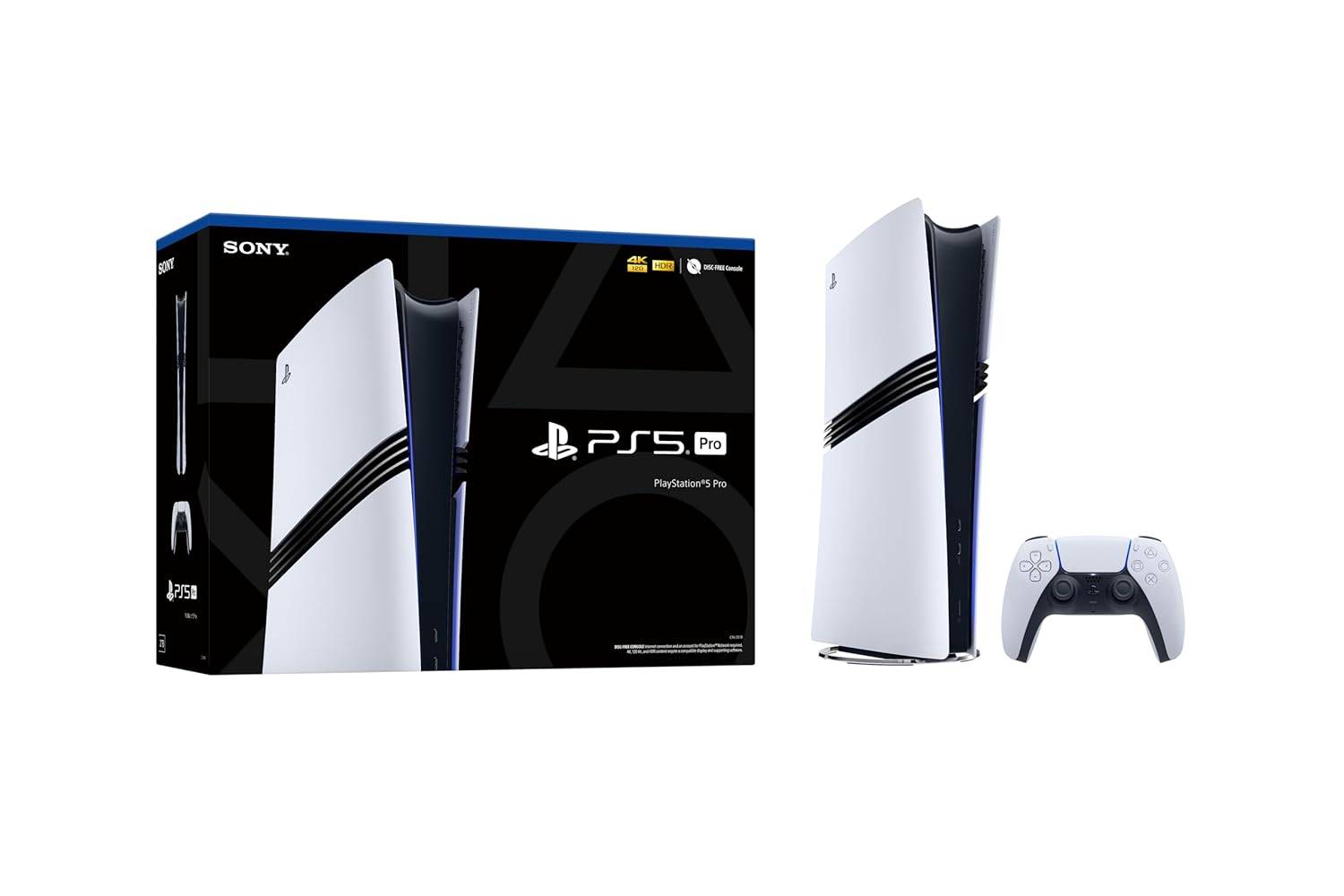 Latest Model### PlayStation 5 Pro
Latest Model### PlayStation 5 Pro
5See it at AmazonEvery PlayStation Console in Order of Release
PlayStation - September 9, 1995
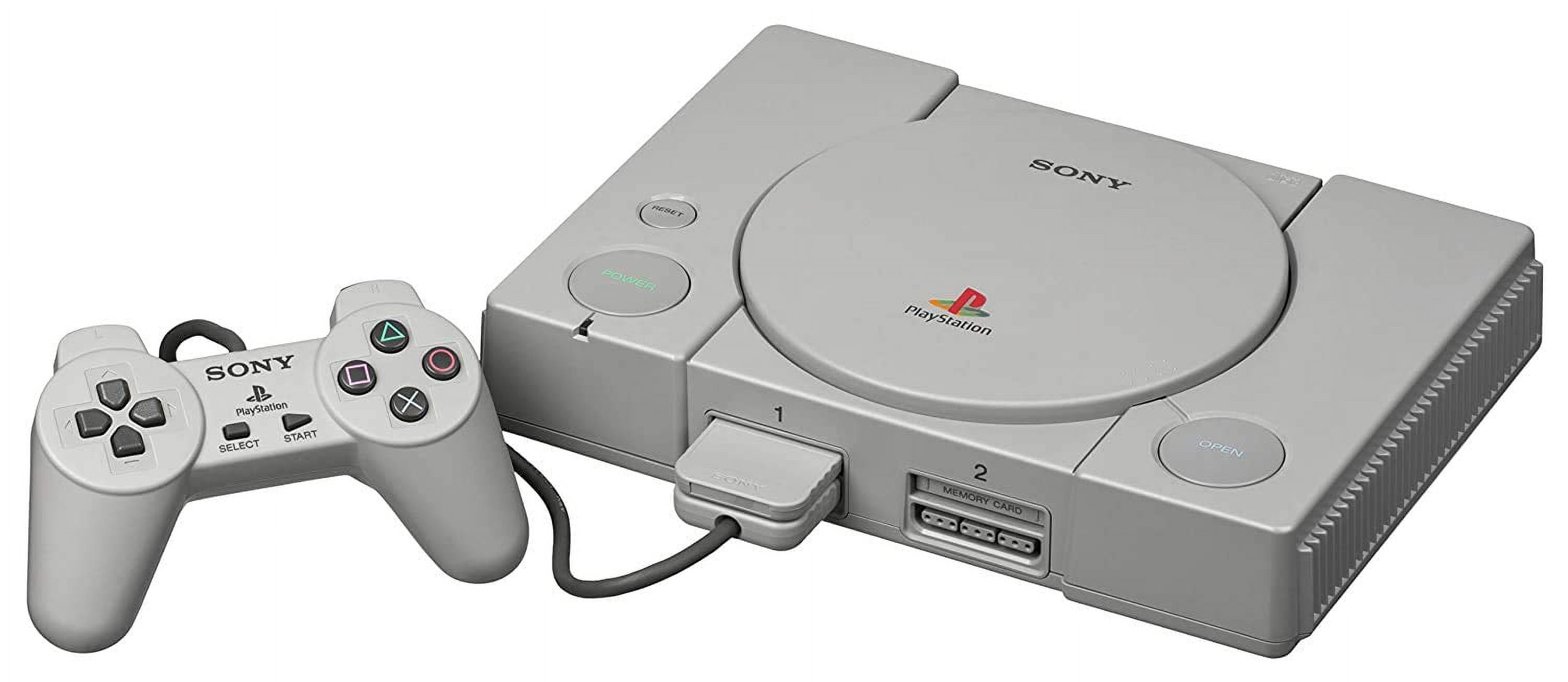 Revolutionizing the gaming industry, the original Sony PlayStation introduced CD-ROM technology, providing significantly more storage than traditional cartridges. This innovation attracted major developers like Square Enix, leading to legendary games such as Metal Gear Solid, Final Fantasy VII, Resident Evil 2, Vagrant Story, and Crash Bandicoot, cementing the PS1's place in gaming history.
Revolutionizing the gaming industry, the original Sony PlayStation introduced CD-ROM technology, providing significantly more storage than traditional cartridges. This innovation attracted major developers like Square Enix, leading to legendary games such as Metal Gear Solid, Final Fantasy VII, Resident Evil 2, Vagrant Story, and Crash Bandicoot, cementing the PS1's place in gaming history.
PS One - September 19, 2000
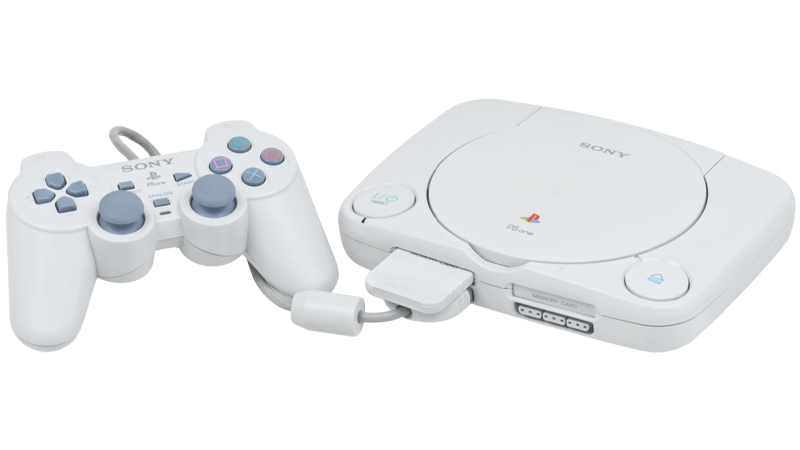 PS One was a sleek redesign of the PlayStation, offering the same gaming experience in a more compact form. Notably, it omitted the reset button and later featured an attachable screen called the Combo, which was possible due to the removal of certain ports. Remarkably, the PS One outsold the PlayStation 2 in 2000.
PS One was a sleek redesign of the PlayStation, offering the same gaming experience in a more compact form. Notably, it omitted the reset button and later featured an attachable screen called the Combo, which was possible due to the removal of certain ports. Remarkably, the PS One outsold the PlayStation 2 in 2000.
PlayStation 2 - October 26, 2000
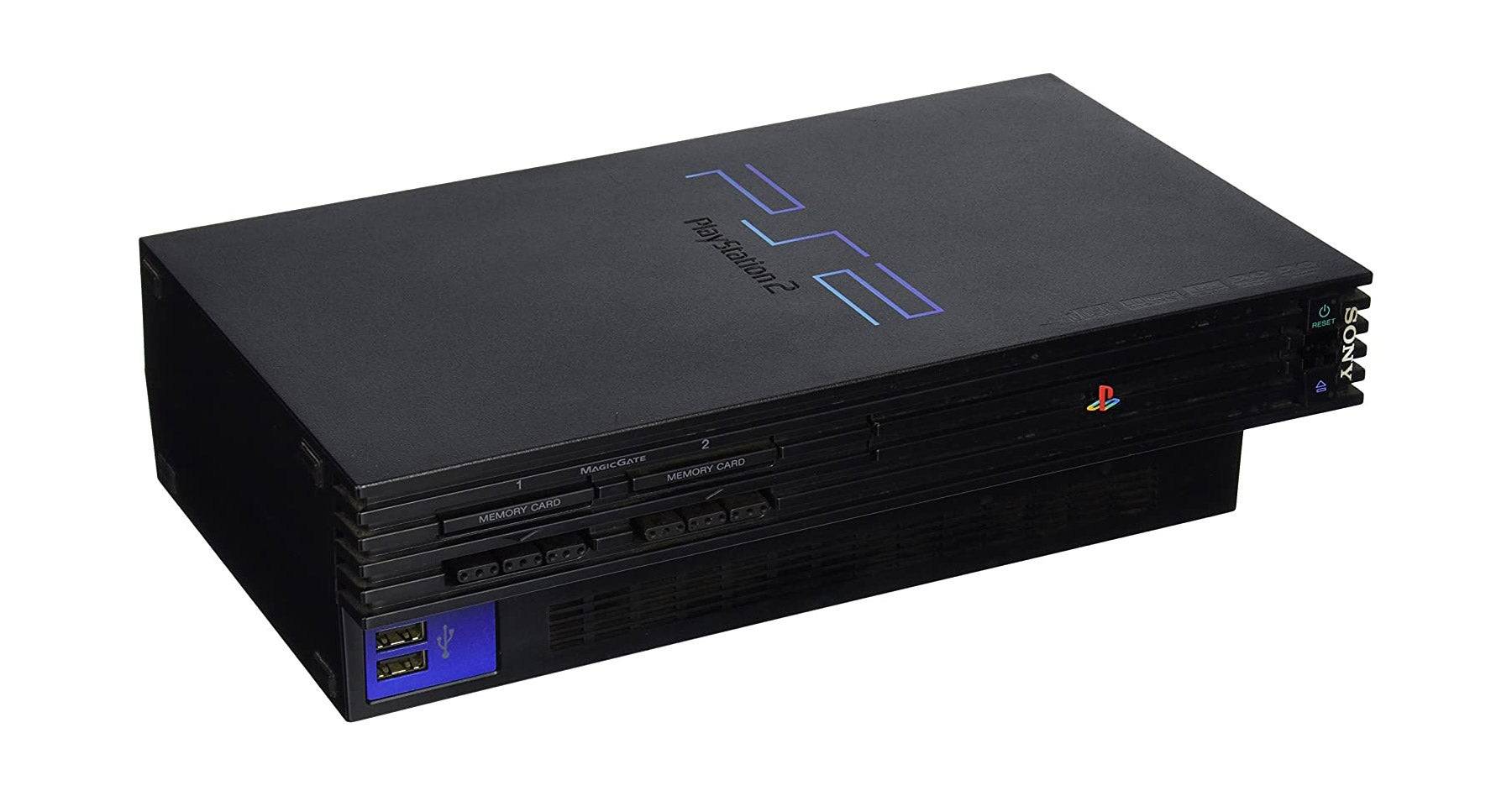 With PlayStation 2, gamers experienced a leap in graphical fidelity, transitioning from blocky polygons to detailed 3D environments. The PS2 remains the best-selling console of all time, beloved for classics like our top PS2 games list, which showcases why it captured the hearts of millions.
With PlayStation 2, gamers experienced a leap in graphical fidelity, transitioning from blocky polygons to detailed 3D environments. The PS2 remains the best-selling console of all time, beloved for classics like our top PS2 games list, which showcases why it captured the hearts of millions.
PlayStation 2 Slim - November 2004
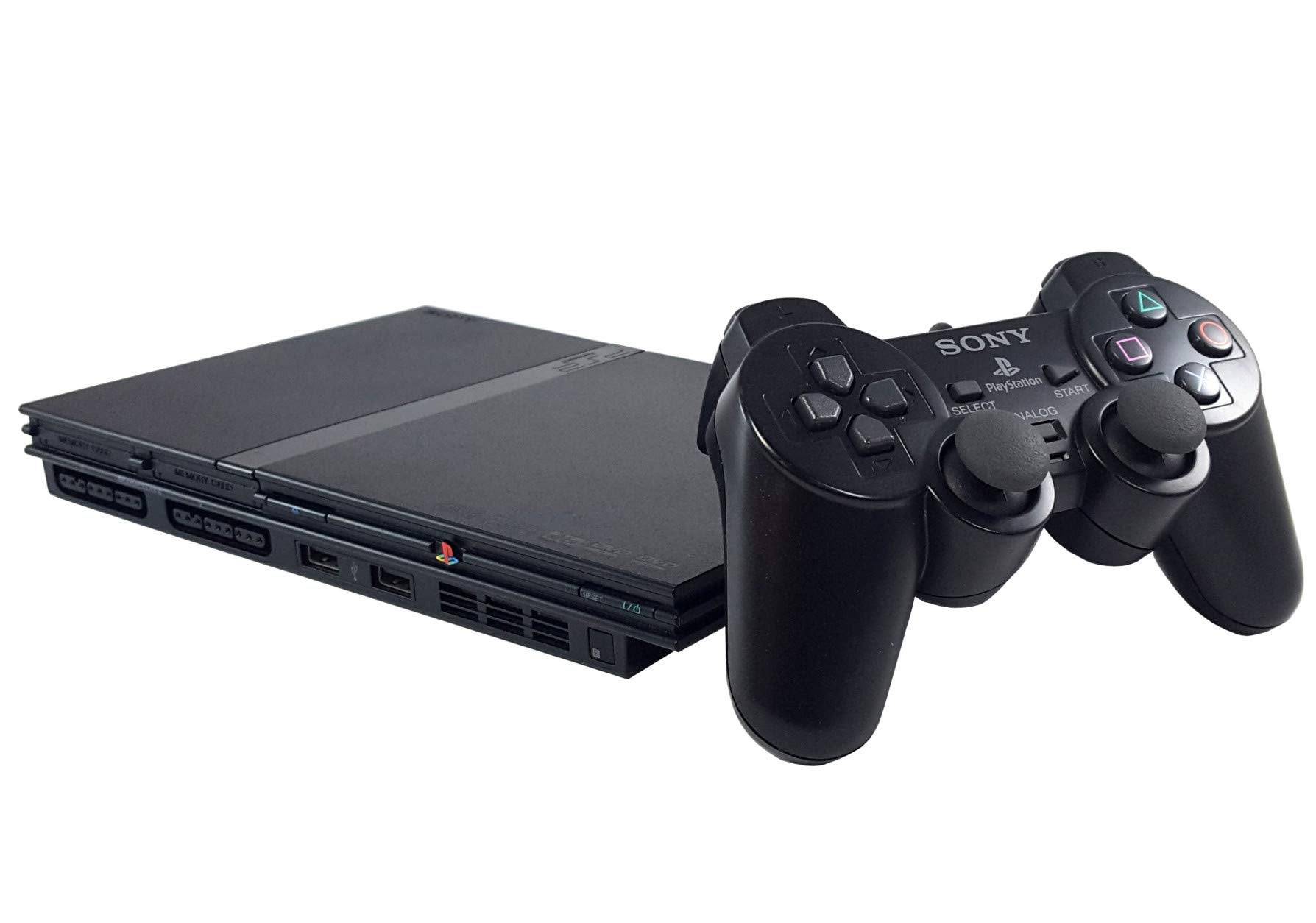 PlayStation 2 Slim brought substantial enhancements in performance, efficiency, and design. It featured a top-loading disc drive, improved power efficiency, and a smaller footprint, setting a precedent for future Slim revisions in the PlayStation lineup.
PlayStation 2 Slim brought substantial enhancements in performance, efficiency, and design. It featured a top-loading disc drive, improved power efficiency, and a smaller footprint, setting a precedent for future Slim revisions in the PlayStation lineup.
PlayStation Portable - March 24, 2005
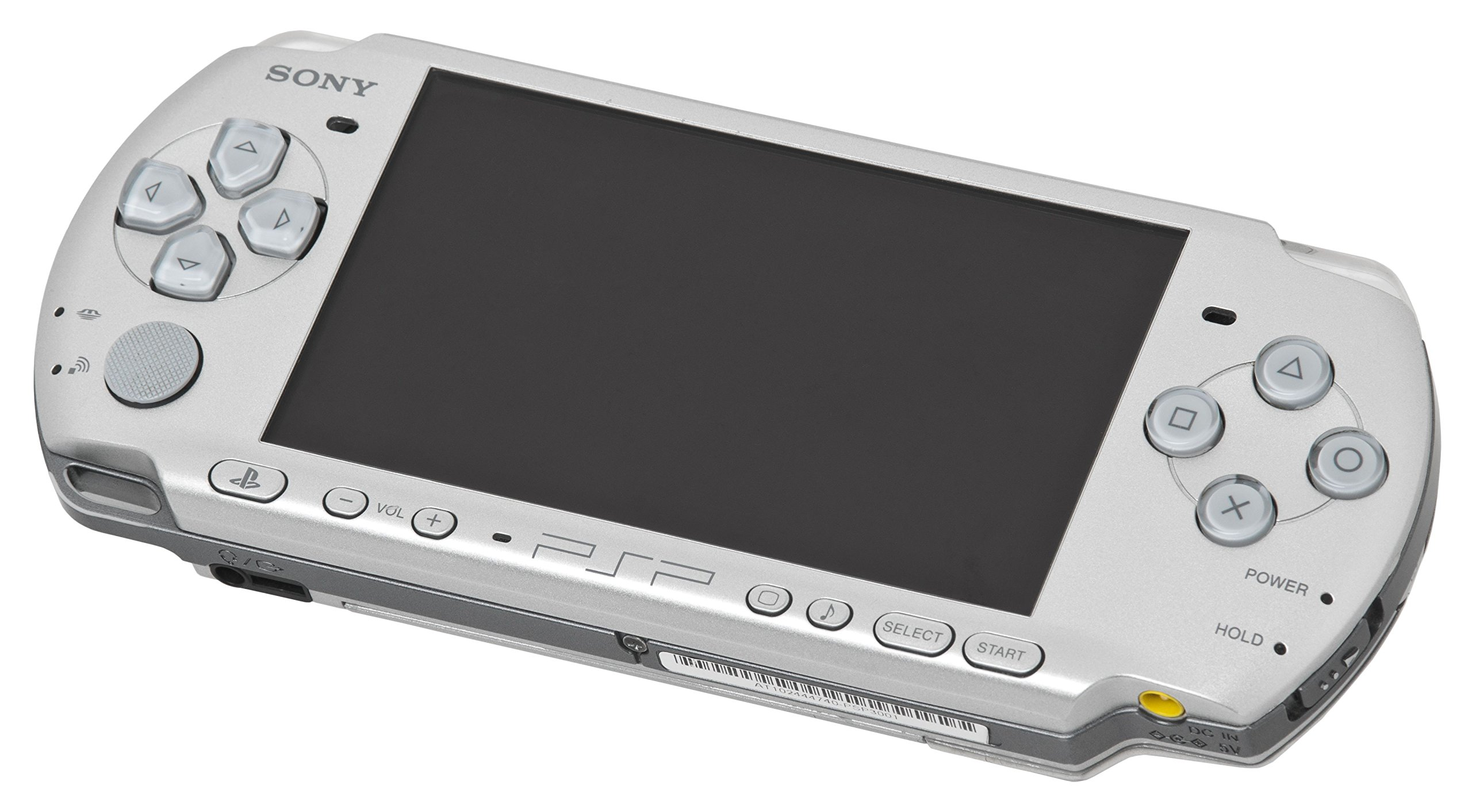 PlayStation Portable, or PSP, was Sony's first foray into handheld gaming under the PlayStation brand. With the ability to play games, movies, and music, the PSP utilized UMDs for storage and even connected to PS2 and PS3 for select titles, highlighted by a strong lineup of the best PSP games.
PlayStation Portable, or PSP, was Sony's first foray into handheld gaming under the PlayStation brand. With the ability to play games, movies, and music, the PSP utilized UMDs for storage and even connected to PS2 and PS3 for select titles, highlighted by a strong lineup of the best PSP games.
PlayStation 3 - November 17, 2006
 PlayStation 3 marked a significant evolution, introducing PlayStation Network (PSN) for online multiplayer and digital downloads. It also supported backwards compatibility for PS1 and PS2 games and introduced Blu-ray technology, which has since made consoles top-tier Blu-ray players.
PlayStation 3 marked a significant evolution, introducing PlayStation Network (PSN) for online multiplayer and digital downloads. It also supported backwards compatibility for PS1 and PS2 games and introduced Blu-ray technology, which has since made consoles top-tier Blu-ray players.
PlayStation 3 Slim - September 1, 2009
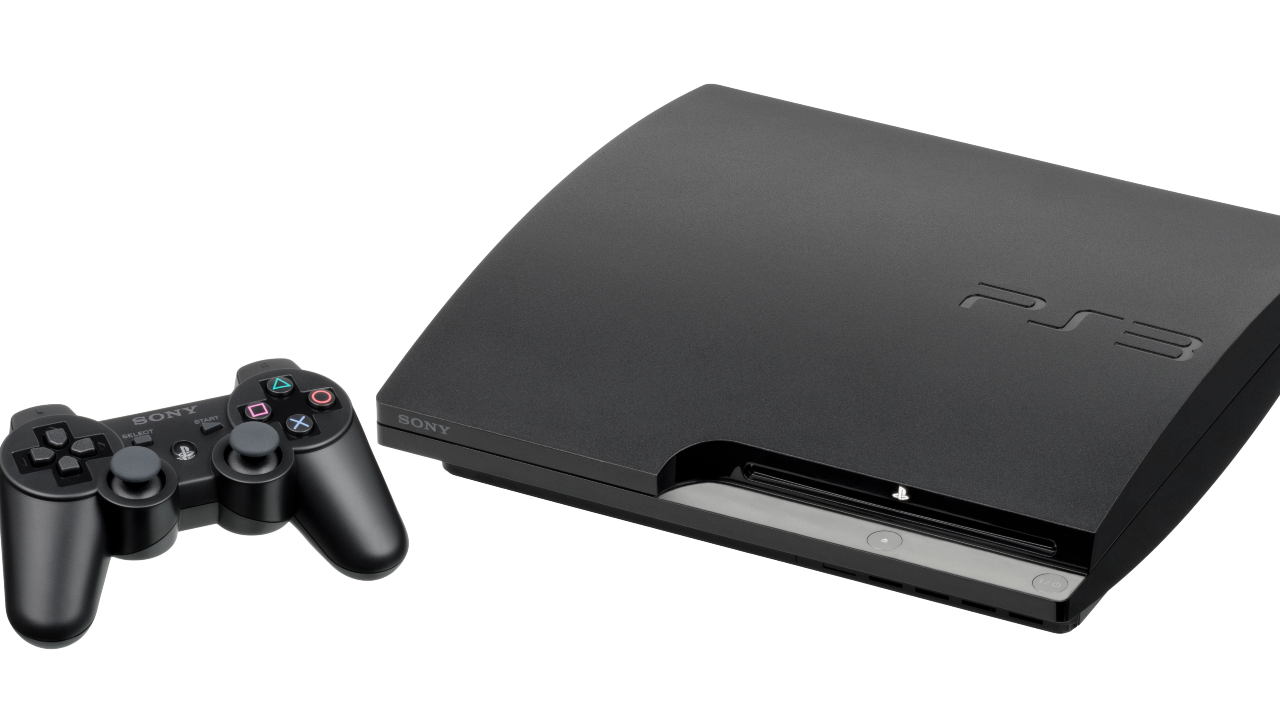 Three years after the original PS3, the PS3 Slim was launched with a reduced weight, size, and power consumption. It featured a redesigned cooling system but notably lacked backwards compatibility for PS1 and PS2 games.
Three years after the original PS3, the PS3 Slim was launched with a reduced weight, size, and power consumption. It featured a redesigned cooling system but notably lacked backwards compatibility for PS1 and PS2 games.
PlayStation Vita - February 22, 2012
 PlayStation Vita entered the portable gaming market as a powerhouse, capable of running numerous titles across PS3 and Vita platforms. With its advanced features and the later addition of Remote Play for PS4, it stood out in its time.
PlayStation Vita entered the portable gaming market as a powerhouse, capable of running numerous titles across PS3 and Vita platforms. With its advanced features and the later addition of Remote Play for PS4, it stood out in its time.
PlayStation 3 Super Slim - September 25, 2012
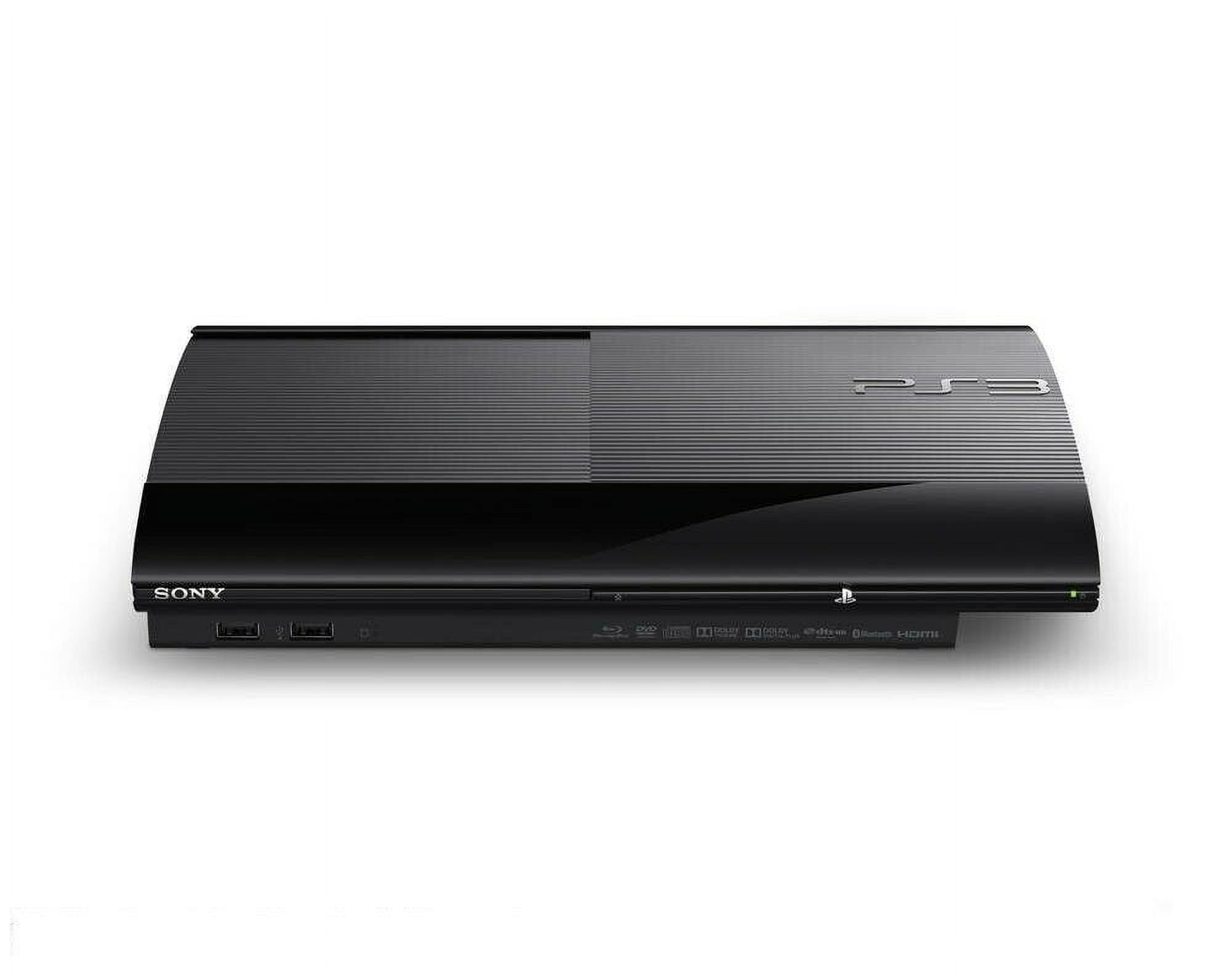 As the final revision of the PS3, the Super Slim offered a top-loading Blu-ray drive, enhanced power efficiency, and a further slimmed-down design. It's remembered for its durability, attributed to its streamlined construction.
As the final revision of the PS3, the Super Slim offered a top-loading Blu-ray drive, enhanced power efficiency, and a further slimmed-down design. It's remembered for its durability, attributed to its streamlined construction.
PlayStation 4 - November 15, 2013
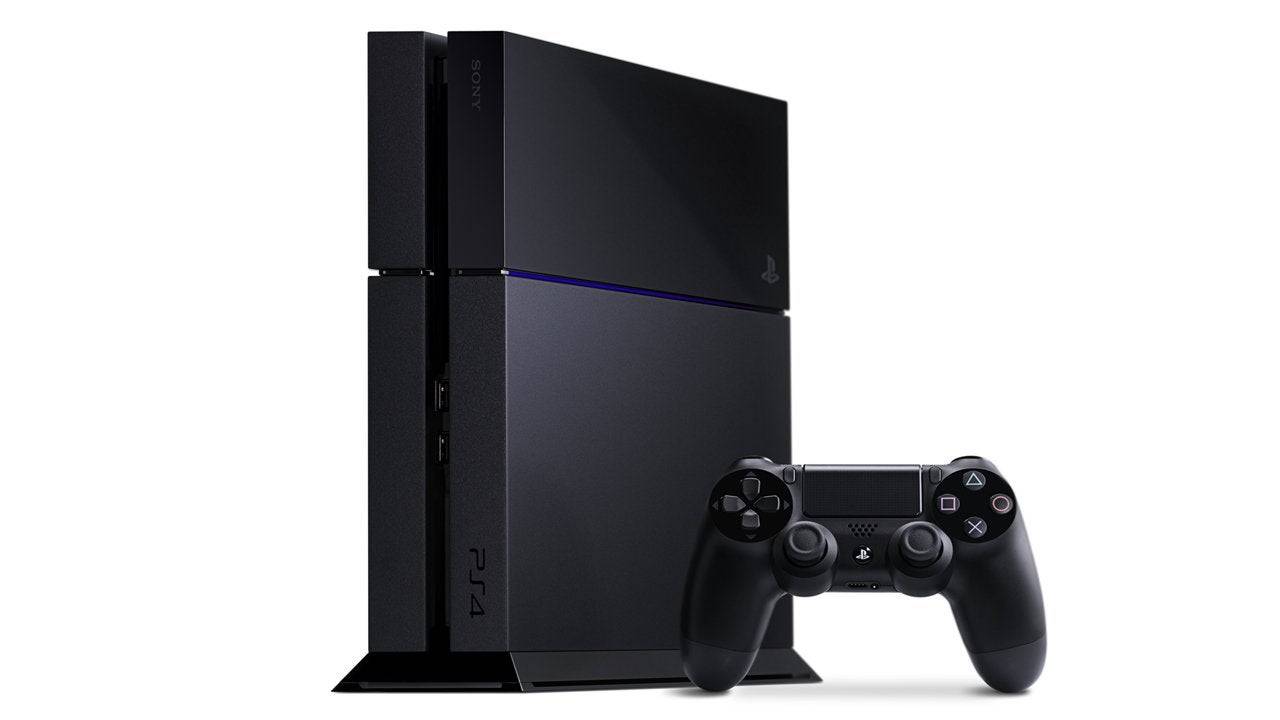 PlayStation 4 delivered a dramatic increase in processing power, enabling stunning visual upgrades and the release of iconic games like Uncharted 4, God of War, and Ghost of Tsushima. It also introduced a user-replaceable HDD and the ergonomic DualShock 4 controller.
PlayStation 4 delivered a dramatic increase in processing power, enabling stunning visual upgrades and the release of iconic games like Uncharted 4, God of War, and Ghost of Tsushima. It also introduced a user-replaceable HDD and the ergonomic DualShock 4 controller.
PlayStation 4 Slim - September 15, 2016
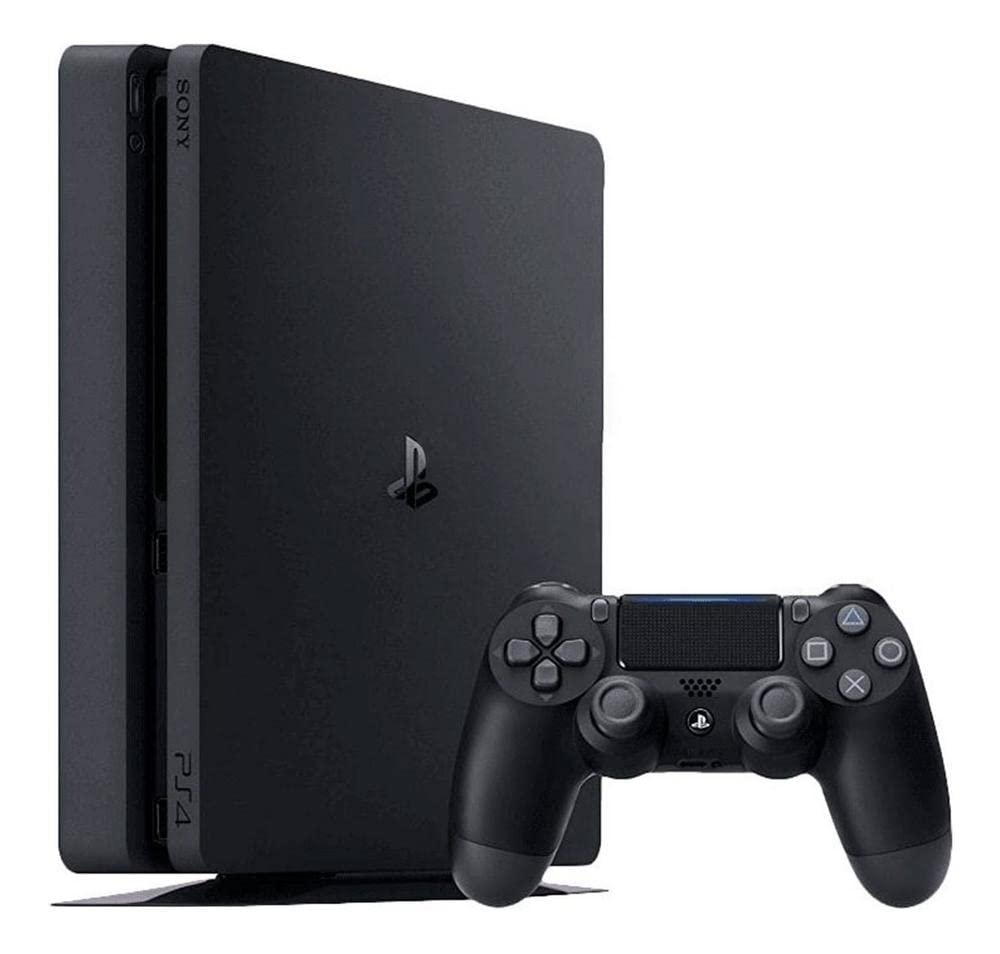 PlayStation 4 Slim offered a more compact and power-efficient version of the PS4, maintaining the same performance while enhancing the user experience with a quieter cooling system and sleeker design.
PlayStation 4 Slim offered a more compact and power-efficient version of the PS4, maintaining the same performance while enhancing the user experience with a quieter cooling system and sleeker design.
PlayStation 4 Pro - November 10, 2016
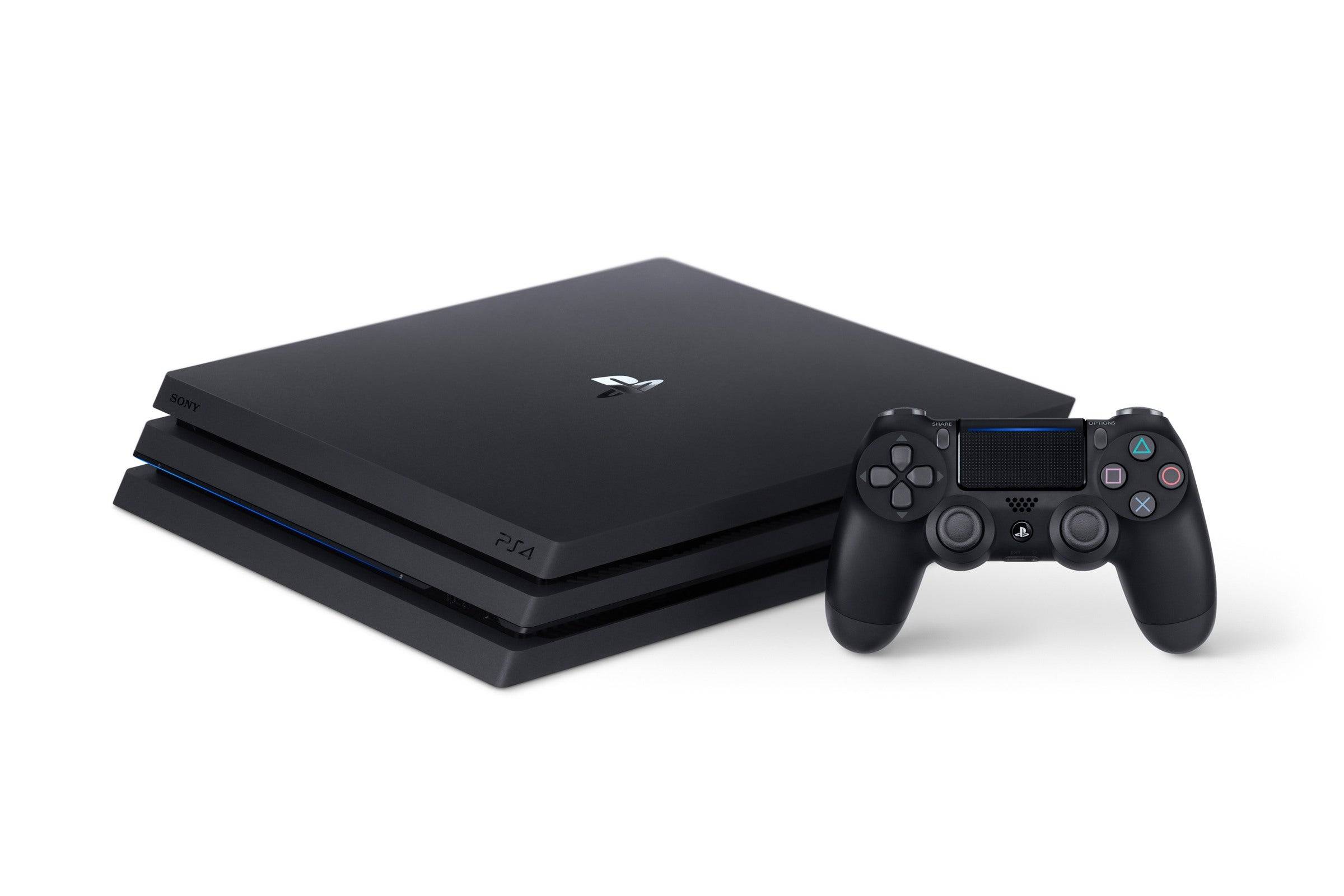 PlayStation 4 Pro was Sony's first console to support 4K resolution through upscaling technology, along with HDR support and a more powerful GPU, allowing for smoother gameplay and higher frame rates.
PlayStation 4 Pro was Sony's first console to support 4K resolution through upscaling technology, along with HDR support and a more powerful GPU, allowing for smoother gameplay and higher frame rates.
PlayStation 5 - November 12, 2020
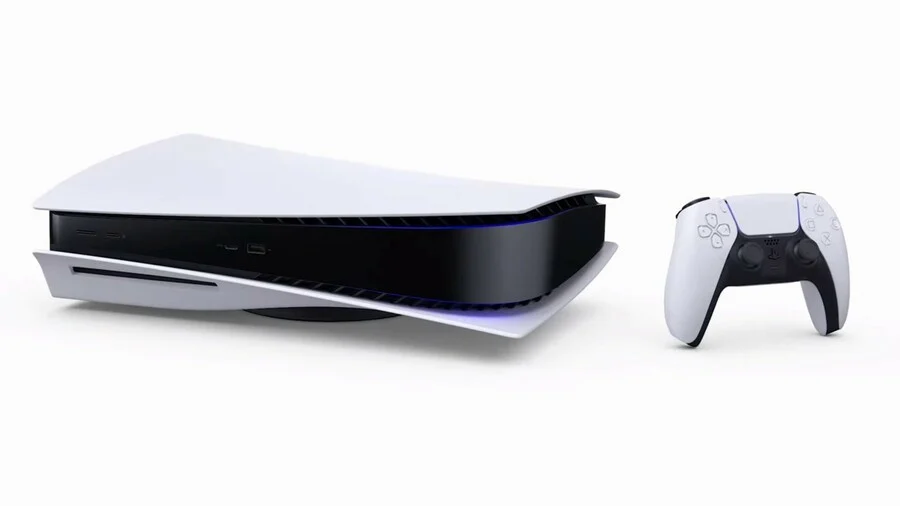 PlayStation 5 stands as the most powerful console in the PlayStation family, supporting ray tracing, 120FPS, and native 4K output. The innovative DualSense controller added features like adaptive triggers and haptic feedback, enhancing gameplay experiences as seen in our list of the best PS5 games.
PlayStation 5 stands as the most powerful console in the PlayStation family, supporting ray tracing, 120FPS, and native 4K output. The innovative DualSense controller added features like adaptive triggers and haptic feedback, enhancing gameplay experiences as seen in our list of the best PS5 games.
PlayStation 5 Slim - November 10, 2023
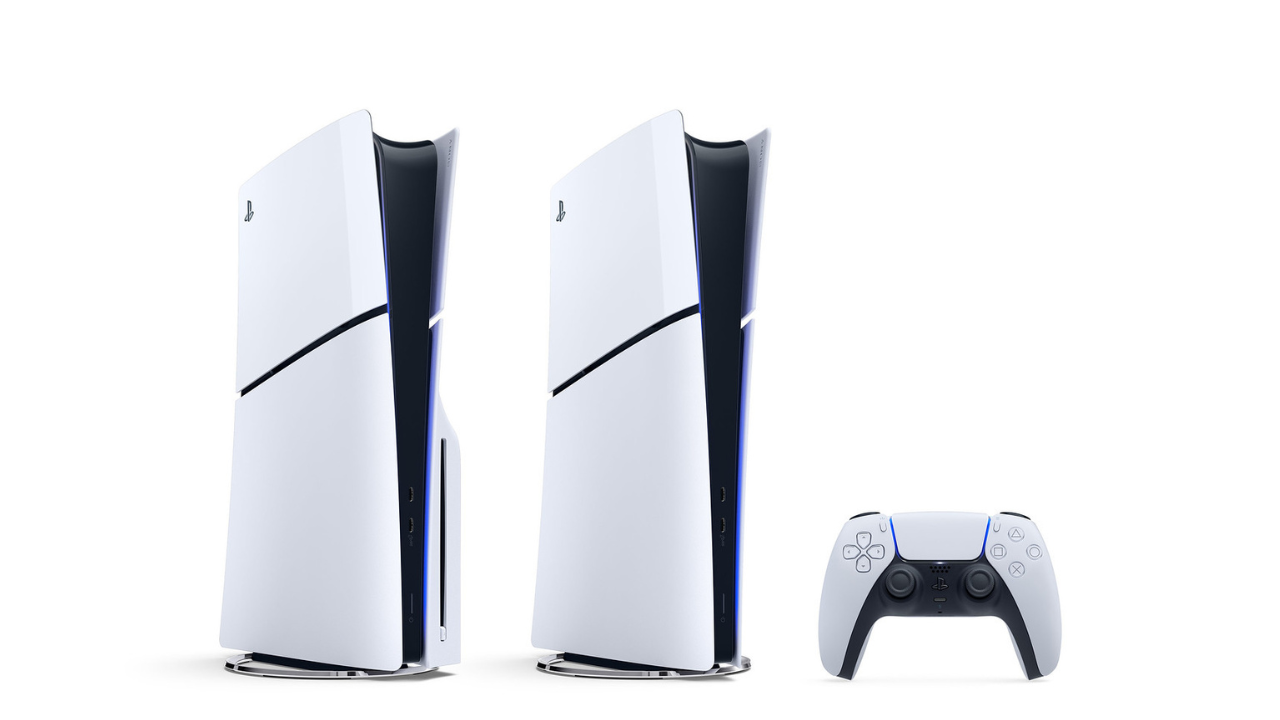 PlayStation 5 Slim refined the PS5's design, making it smaller and introducing a modular approach with an optional attachable disc drive, maintaining the same powerful internals.
PlayStation 5 Slim refined the PS5's design, making it smaller and introducing a modular approach with an optional attachable disc drive, maintaining the same powerful internals.
PlayStation 5 Pro - November 7, 2024
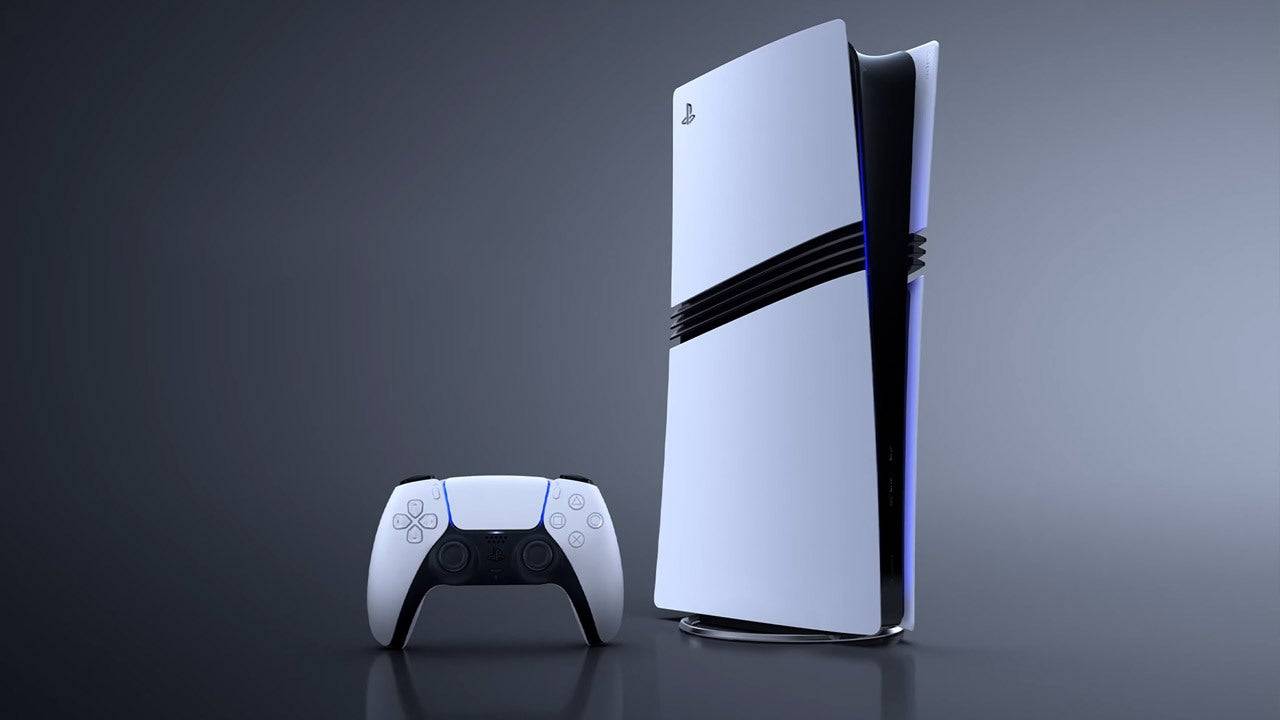 With the PS5 Pro, Sony targets higher frame rates, improved ray tracing, and introduces machine learning via Playstation Spectral Super Resolution (PSSR). It retains the sleeker design without a disc drive, launching at $699.99 USD, which includes a 2TB SSD, a DualSense controller, and Astro's Playroom.
With the PS5 Pro, Sony targets higher frame rates, improved ray tracing, and introduces machine learning via Playstation Spectral Super Resolution (PSSR). It retains the sleeker design without a disc drive, launching at $699.99 USD, which includes a 2TB SSD, a DualSense controller, and Astro's Playroom.
Upcoming PlayStation Consoles
The PS5 Pro marks the latest advancement in the PlayStation lineup for 2024. As for the next generation, speculation suggests a possible PS6 release between 2026 and 2030.
AnswerSee Results



![[18+] Starlewd Valley:Re!](https://images.dshu.net/uploads/37/173149215167347937c925c.jpg)


















![FurrHouse [Ch. 3]](https://images.dshu.net/uploads/30/1719555089667e54115d59f.jpg)




